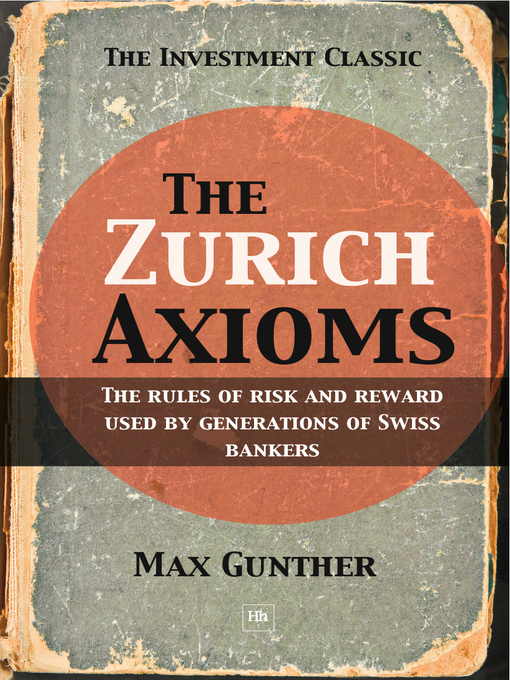Even if for the last year I didnt update much my blog, I still receive tons of emails.. some of them asking for help recommendations, or some just thanking me for cutting the bullshit about forex.
I try to answer to all of them, and sometimes the discussion gets really interesting so I will post a few here on the blog, to share the love.
************************* first email
Hey Forex Trading Nomad…I came across your posts on forexfactory so I thought I\’d visit your blog. It\’s cool, thanks for posting your knowledge and ideas. I even found a copy of The Zurich Axioms and am taking a look. I\’m kind of like a \’break even\’ trader at the moment but am now starting to see some equity growth.
I am just wondering if you always post your Gap trades on every Sunday ? If there are indeed Gaps. I\’ve been studying gap trades but still don\’t quite have the confidence to trade them…but I\’d like to.
cheers dude, and thanks again
Bryan
************************ my answer
I just decided this weekend to start posting all my gap trades, so yes starting from now they will be on the blog every sunday. (edit: shit sry for that didnt have time)
But not all gaps are created equal, be sure to watch the video on “novice vs pro gaps”. I made a post on the blog with a youtube link, video is not from mine but the guy knows what hes talking about.
************************ second email
Nice blog you have here
I\’m a bit the same love to travel around the world
in 2012 I came home from thailand and is now moving to germany
a few questions about your trading strategies
do you only trade on 5 minute chart what is the MA on your chart
do you look at higher time frame for the trens and S/R
do you put S/R on a line chart
-Kenn
*********************** my answer
hi,
I only trade 5 minute chart, because i am a short term trader with high leverage, my trades last usually around 1-2 hours
and the MAs are 200 and 50, but i dont use them that much, it was from a previous trading strategy
I quickly look at higher time frame to be sure there are no gaps or huge candles nearby (i dont want to be stuck in a stophunt spike)
S&R are extremely important, I dont have to put my lines as I can just see them on the chart because of experience
please remember that s&r levels cannot be defined as a simple line, they are more like a “zone” of the price (between 2 lines) where there are more demand or offer
************************* his answer
Is it also at 5 min chart you spot S/R zone?
when you contrarian trade do you buy when the price touch support?
*********************** my answer
yes as i said s&r are the most important in my trading, in 5min also of course
here is sam seiden talking about “zones” of support & resistance (supply & demand) instead of a simple horizontal line
http://www.fxstreet.com/webinars/sessions/session.aspx?id=50e3f4dc-9c40-41df-a732-b166dd3ce99e#
so yes i would be willing to buy on support and sell on resistance, but even better than that (with contrarian strategy), i will enter a bigger trade on a spike/breakout of this zone, as i believe the odds of retracement will be even higher
******************* third email
Hi Nomad,
Are you still out trading travelling? I came across your blog in a google search..I’m preparing to travel and trade leaving in a few months..I have ben trading form some years already and have a similar short trading style to yourself.
If your still around out there in the world it be great to meet up and talk shop..I found it hard to find another experienced trader to have a face to face chat with in a social sense apart from seminars with newbies wanting to pick my brains for hot tips and fast money lol
Im in Melbourne Australia probably heading to Asia first.
Look forward to hearing from you,
Elk
***************** my answer
Hey Elk,
sorry for the late late reply, but yes I have been traveling for the last year and gmail filtered the message.
You still trading exclusively forex? How you trading been?
I only do day-trading, and I am 100% contrarian. I wait for for spikes and counter the movement. I also made a big adjustement in my strategy.
Before, I would have more than 10k$ in my trading account. I would be profitable for few months then have a big loss. Wich is completly random, for example a natural disaster or a big failed company would fuck up the price and there is no way out. Just like recently the BOA governor made a random wire at midnight telling he wants the AUD low and is willing to print money. I was stuck.
Basically at some point of an other, you will not be able to get out of a trade.
So now I have maximum 2-3k$ and I trade high leverage.
Have you been to asia?
I am actually flying to Thailand in a week. Maybe you can recommend me few spots/cities.
















